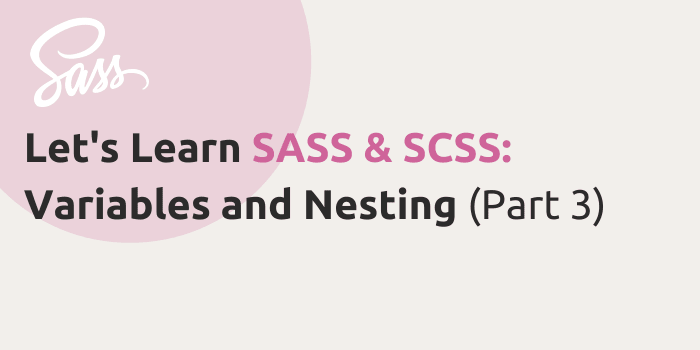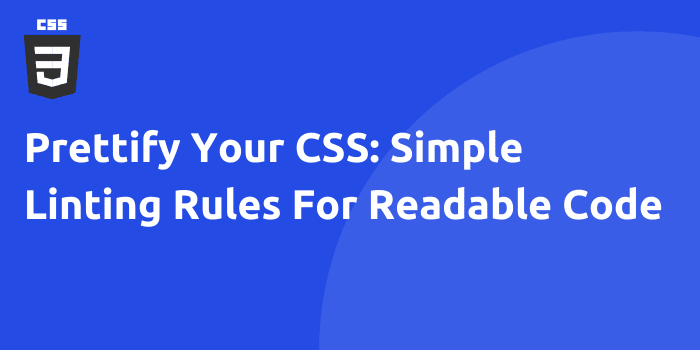Vue.js/Nuxt Web App for a Rapidly Expanding Home Repair Company
More Posts
-
[Demo] Defining Reusable Column Extends with SCSS
Fixd Repair is an innovative home repair webapp showcasing the seamless integration between Vue.js and modern design. Fixd Repair seamlessly connects homeowners with trusted professionals, streamlining the process of fixing household issues.
Read More
-
Let’s Learn SASS & SCSS: Variables and Nesting (Part 3)
Fixd Repair is an innovative home repair webapp showcasing the seamless integration between Vue.js and modern design. Fixd Repair seamlessly connects homeowners with trusted professionals, streamlining the process of fixing household issues.
Read More
-
Prettify Your CSS: Simple Linting Rules For Readable Code
Fixd Repair is an innovative home repair webapp showcasing the seamless integration between Vue.js and modern design. Fixd Repair seamlessly connects homeowners with trusted professionals, streamlining the process of fixing household issues.
Read More
-
Easy Inline SVGs With Sage 9/Blade Templates
Fixd Repair is an innovative home repair webapp showcasing the seamless integration between Vue.js and modern design. Fixd Repair seamlessly connects homeowners with trusted professionals, streamlining the process of fixing household issues.
Read More
-
[Demo] Discord Bot: Reddit API Ask Feature
Fixd Repair is an innovative home repair webapp showcasing the seamless integration between Vue.js and modern design. Fixd Repair seamlessly connects homeowners with trusted professionals, streamlining the process of fixing household issues.
Read More
-
Getting Sassy: 3 Useful Ways To Use SASS Mixins
Fixd Repair is an innovative home repair webapp showcasing the seamless integration between Vue.js and modern design. Fixd Repair seamlessly connects homeowners with trusted professionals, streamlining the process of fixing household issues.
Read More
![[Demo] Defining Reusable Column Extends with SCSS](https://bparkerproductions.com/wp-content/uploads/2023/09/demo-defining-reusable-column-extends.png)



![[Demo] Discord Bot: Reddit API Ask Feature](https://bparkerproductions.com/wp-content/uploads/2023/09/demo-discord-bot-reddit-api-ask-feature.png)

Comments